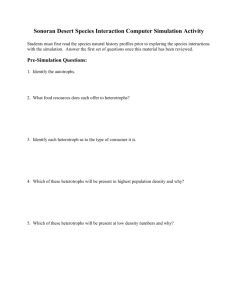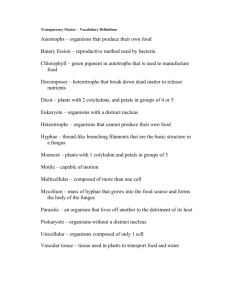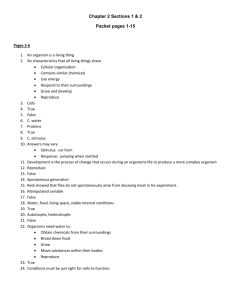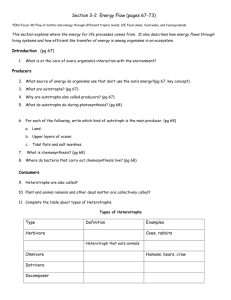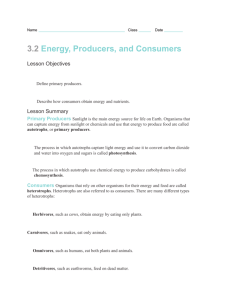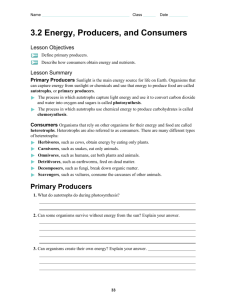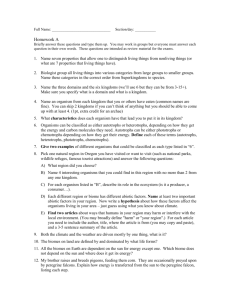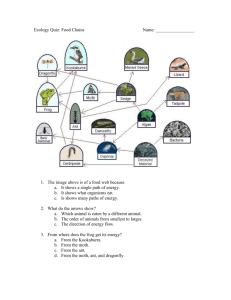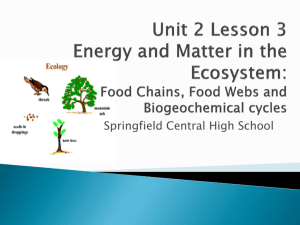Chapter 14 and 15 evolution notes There are several different ways
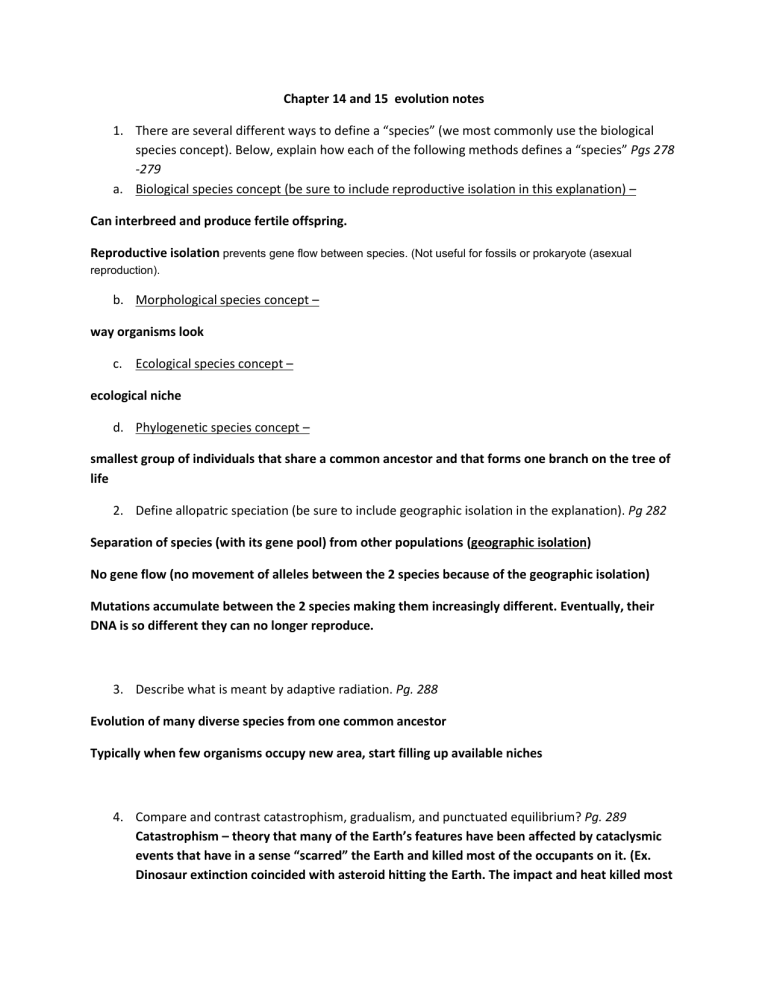
Chapter 14 and 15 evolution notes
1.
There are several different ways to define a “species” (we most commonly use the biological species concept). Below, explain how each of the following methods defines a “species” Pgs 278
-279 a.
Biological species concept (be sure to include reproductive isolation in this explanation) –
Can interbreed and produce fertile offspring.
Reproductive isolation prevents gene flow between species. (Not useful for fossils or prokaryote (asexual reproduction). b.
Morphological species concept – way organisms look c.
Ecological species concept – ecological niche d.
Phylogenetic species concept – smallest group of individuals that share a common ancestor and that forms one branch on the tree of life
2.
Define allopatric speciation (be sure to include geographic isolation in the explanation). Pg 282
Separation of species (with its gene pool) from other populations (geographic isolation)
No gene flow (no movement of alleles between the 2 species because of the geographic isolation)
Mutations accumulate between the 2 species making them increasingly different. Eventually, their
DNA is so different they can no longer reproduce.
3.
Describe what is meant by adaptive radiation. Pg. 288
Evolution of many diverse species from one common ancestor
Typically when few organisms occupy new area, start filling up available niches
4.
Compare and contrast catastrophism, gradualism, and punctuated equilibrium? Pg. 289
Catastrophism – theory that many of the Earth’s features have been affected by cataclysmic events that have in a sense “scarred” the Earth and killed most of the occupants on it. (Ex.
Dinosaur extinction coincided with asteroid hitting the Earth. The impact and heat killed most
organisms. The surviving organisms adapted to new, remaining food sources to survive.
Punctuated equilibrium will then describe what happens to the surviving species)
Punctuated equilibrium – long periods of no change, rapid change after catastrophism
Gradualism – things change slowly, incrementally over time
5.
Describe the conditions of Early Earth. Pg. 294
Thick with water vapor and compounds released by volcanoes
Cooled and water vapor became oceans
NO OXYGEN
Photosynthesis was complex..so it took awhile for these organisms to occur
6.
What did Stanley Miller and Harold Urey do in their experiment, and what did their results show? Pg. 295
Showed that amino acids and other organic molecules could be formed under conditions believed to simulate those of early Earth
Lack of Oxygen allowed creation (O is oxidizing agent and disrupts chemical bonds)
Created early earth environment and showed that lightning could create life
Early environment now not believed to have been composed of same compounds used in Miller’s experiment
7.
Define autotroph and heterotroph. autotrophs make their own food and heterotrophs must consume their food
8.
Hypothesize why early autotrophs had an advantage over early heterotrophs.
There was very little food available. The ability to make one’s own food saved energy from trying to find food and prevented starvation.
9.
Differentiate between physical evolution and behavioral evolution (talk about migration and courtship rituals while describing behavioral evolution.)
Physical evolution is what we have talked about so far (physical changes seen in populations over generations).
Behavior evolution is the changes seen in behavior in populations over generations. These behaviors are seen because they increase survival and reproductive rates. For example, birds that migrate during the winter survive to reproduce while those that do not die. Courtship rituals show that males who perform certain acts are allowed to reproduce more and pass their traits on at a greater rate.
10.
Differentiate among chemical evolution, organic evolution, and the evolutionary steps along the way to aerobic heterotrophs and photosynthetic autotrophs
Chemical evolution is how life began (how did we go from just chemicals to life..explained by Miller and Urey)
Organic evolution is the evolution of living things (what we have discussed basically the entire time)
Aerobic heterotrophs (consumers who use oxygen) and photosynthetic autotrophs – There was no oxygen in the environment until the first photosynthetic organisms. After their arrival, there was lots of oxygen. Mutations to heterotrophs allowed them to be able to use this oxygen to create much more ATP than they had been able to in this past. This allowed them to survive longer and reproduce more than anaerobic heterotrophs.
